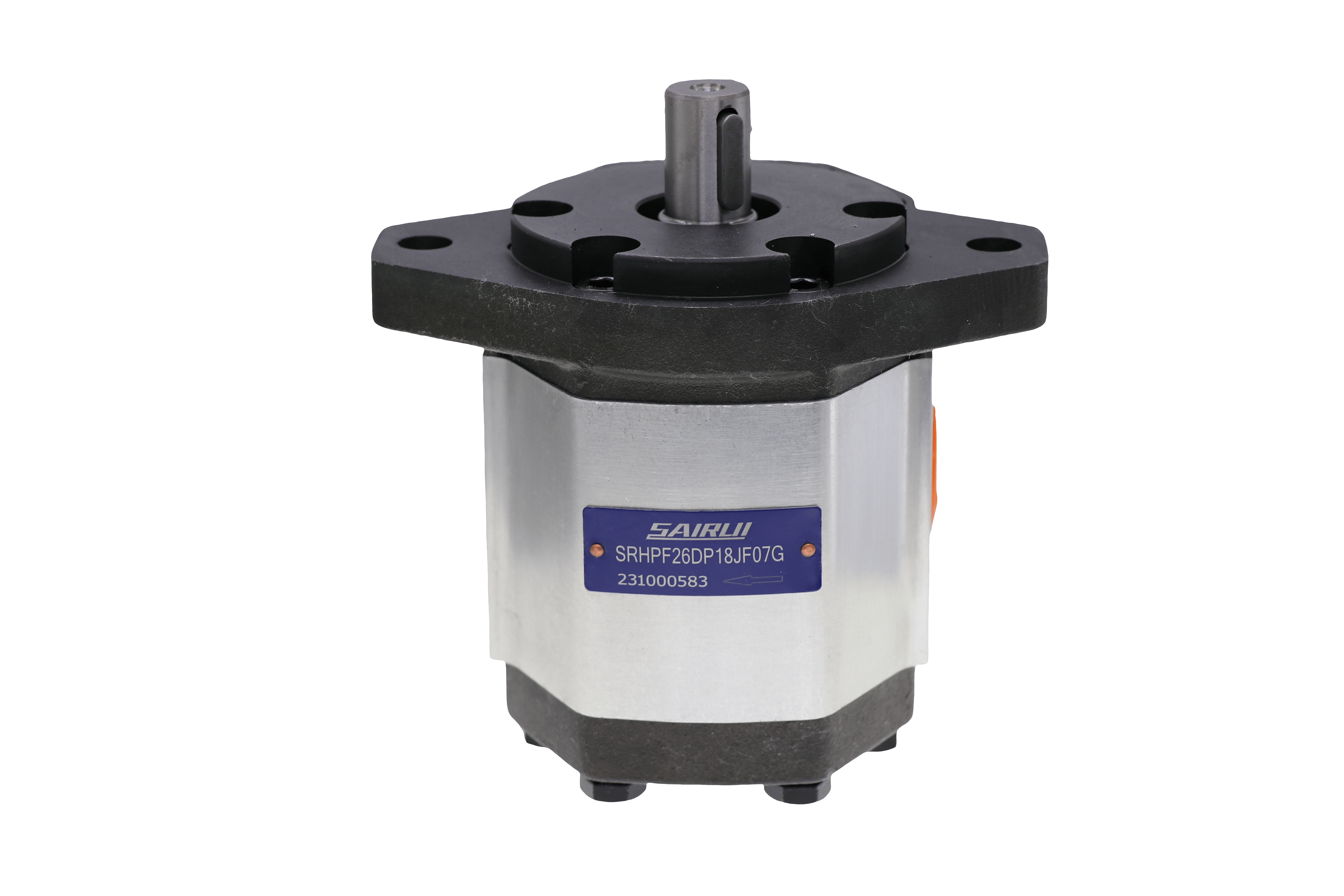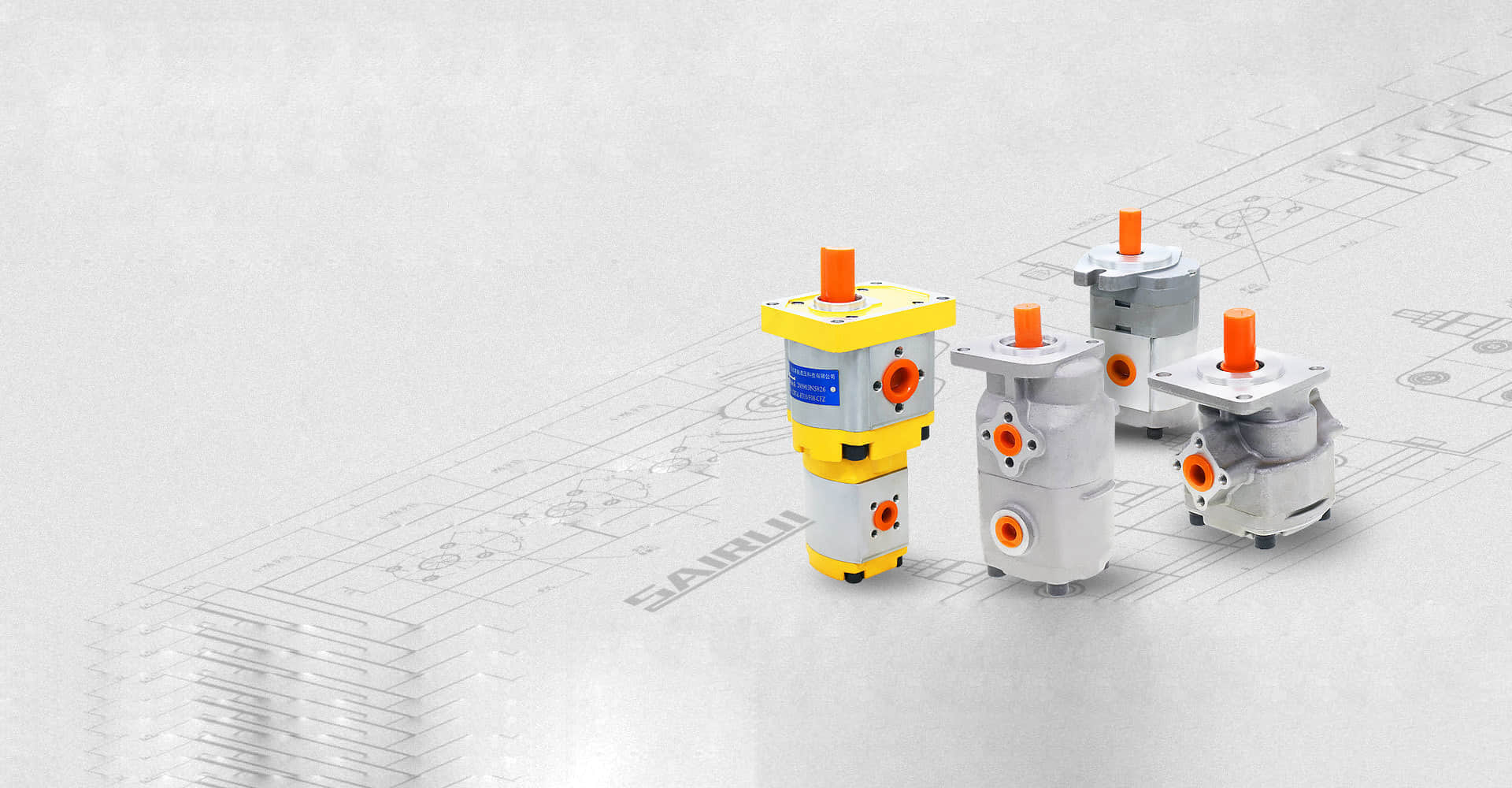The Principle Of Operation And Scope Of Gear Pumps
The Principle Of Operation And Scope Of Gear Pumps

Gear pumps: principle of operation and scope of application
Gear pumps are a type of hydraulic equipment that work with viscous liquids: from pure water to
bitumen, resins and fuel oil. Due to the robust construction and high performance, the models
pump products evenly. These devices, unlike other types of volumetric rotary models,
have a simple design.
The principle of operation and scope of gear pumps
The models are quite simple, regardless of the type of pump. The main difficulty is the need to
accurately select the parts for the pump, since the space between the parts should be small. The
performance of the equipment depends on which gaps. In addition, if necessary, it may be
necessary to create heat-resistant casings.
The principle of operation is to start the driven gear under the action of the driving gear.
After the engagement, the liquid enters the pressure line under pressure. The connection
of the discharge and suction areas is hermetically sealed. After the transition of the teeth from the
clutch, the liquid passes into the space due to the discharge. The pressure of the gears allows
you to increase the efficiency of work.
The main tasks of gear pumps are:
· transfer of liquids;
· dosage;
· pumping of chemical reagents;
· work in the hydraulic system.
Areas of application
Gear pumps are suitable for
1. Food industry: pumping condensed milk, jelly, cream, chocolate;
2. Production of household chemicals;
3. Construction: work with glue, paint, oil;
4. Chemical industry;
5. Paint and varnish production;
6. Shipbuilding;
7. Metallurgical enterprises;
8. Agriculture;
9. Oil field;
10. Mechanical engineering.

